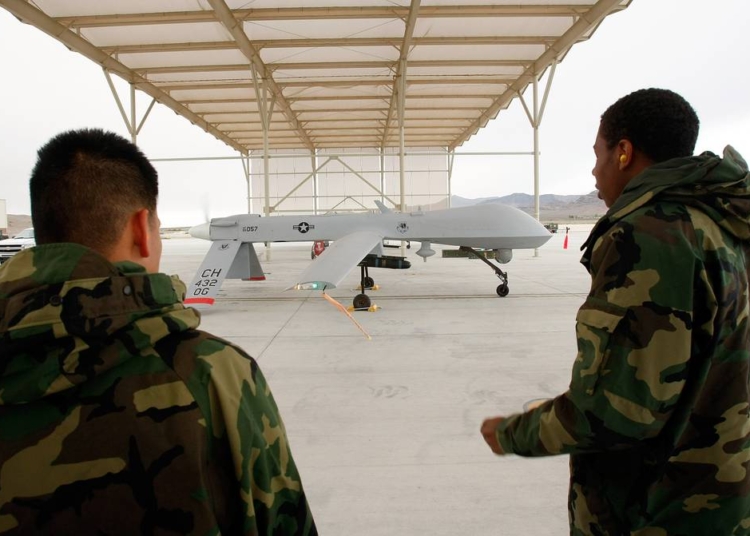Unmanned Aerial Systems (UAS), also known as drones, have revolutionized modern warfare. They offer various advantages over traditional manned aircraft and ground forces, such as the ability to operate in high-risk zones without risking human lives, continuous surveillance capabilities, and cost-effectiveness. UAS play a crucial role in intelligence gathering, combat operations, logistical support, and reconnaissance. The future of UAS in warfare looks promising, with advancements in technology making them smaller, faster, and more capable. However, challenges such as privacy concerns, cybersecurity, and establishing regulations need to be addressed. Overall, UAS are reshaping the future of warfare and will continue to be indispensable assets for military operations.
Unmanned Aerial Systems: Revolutionizing Modern Warfare
Introduction
Unmanned Aerial Systems (UAS), also known as drones, have emerged as a game-changer in modern warfare. These remotely operated, autonomous flying machines have revolutionized military strategy and tactics. With their ability to perform a wide range of missions, UAS have become an integral part of military operations worldwide.
Types of Unmanned Aerial Systems
There are various types of UAS, each designed for specific purposes. The most common categories include surveillance drones, combat drones, cargo drones, and reconnaissance drones. Surveillance drones are utilized for intelligence gathering, while combat drones are equipped with weapons for offensive actions. Cargo drones are used for transporting supplies, and reconnaissance drones provide real-time information about enemy positions.
Advantages of Unmanned Aerial Systems
The use of UAS in modern warfare offers several advantages over traditional manned aircraft and ground forces. Firstly, UAS can operate in high-risk zones without putting human lives in danger. They can undertake dangerous missions, such as scouting enemy positions or entering hostile territories, more effectively and efficiently.
Secondly, unmanned aircraft provide continuous and persistent surveillance capabilities. They can stay in the air for longer durations, scanning large areas and providing real-time data to operations centers. This improves situational awareness and enables quicker decision-making by military commanders.
Moreover, UAS are cost-effective compared to manned aircraft. They require fewer support personnel and infrastructure, reducing operational costs. Additionally, drones can carry out missions around the clock, reducing the need for manpower rotations.
Applications in Modern Warfare
UASs have greatly impacted military operations across various domains. In intelligence gathering, surveillance drones provide critical information about enemy movements, fortifications, and capabilities. This data allows military planners to devise effective strategies and tactical responses.
In the battlefield, combat drones have proven to be formidable assets. Equipped with precision-guided munitions, these unmanned aircraft can accurately strike targets with minimal collateral damage. They can engage enemy forces from a safe distance, minimizing the risks faced by ground troops.
Furthermore, cargo drones are used to transport supplies, ammunition, and medical aid to remote or inaccessible areas. These unmanned transport systems enhance logistical support capabilities, particularly in challenging terrains or during disaster relief efforts.
Reconnaissance drones, on the other hand, gather crucial intelligence through visual and electronic means. They can identify targets, monitor enemy activities, and provide real-time information for mission planning and execution.
Future Developments and Challenges
The future of UAS in warfare is promising. Technological advancements are making drones smaller, faster, and more capable. Developments in artificial intelligence and autonomy will enable UAS to perform more complex missions independently, reducing the need for constant human control.
However, the increasing adoption of UAS also brings challenges. Privacy concerns arise as drones can be used for surveillance in civilian areas. There is also a need for robust cybersecurity measures to prevent the hacking of UAS systems. Additionally, the international community faces the challenge of establishing norms and regulations to govern the use of military drones.
Conclusion
Unmanned Aerial Systems are reshaping modern warfare. These versatile and adaptable machines have revolutionized military operations in multiple ways. The advantages they offer in terms of reduced risk, persistent surveillance, and cost-effectiveness make them indispensable assets for militaries worldwide. As technology continues to evolve, UAS will continue to play a crucial role in shaping the future of warfare.












